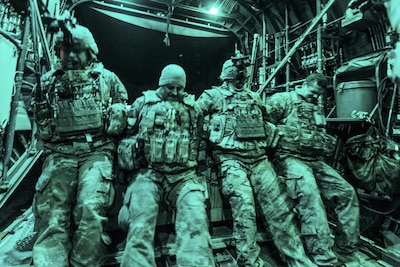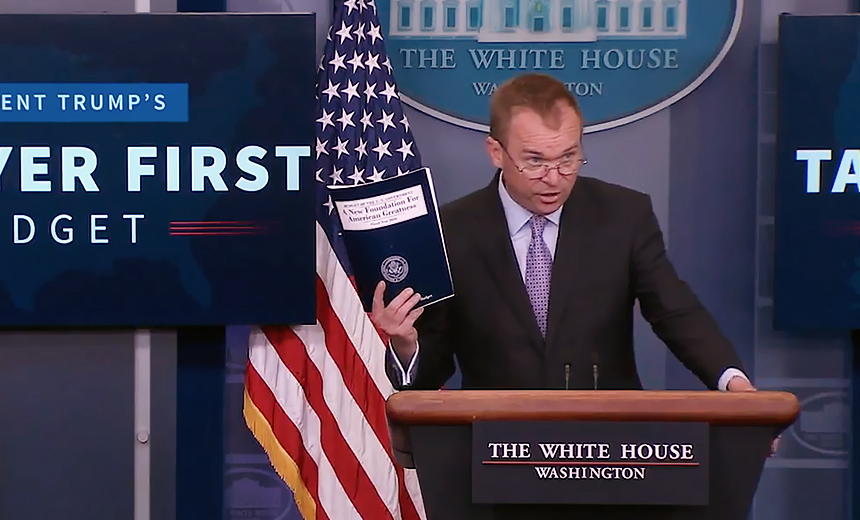ASHLEY J. TELLIS
Although considerable security, political, and economic progress has been made in Afghanistan, much remains to be done to attain long-term stability and extinguish the Taliban insurgency. In this respect, while the conflict in Afghanistan is no longer consistently in the public eye, it remains of great importance to the United States. Going forward, U.S. policy should aim to protect the integrity of the Afghan state and, toward that end, attempt to end the conflict in ways that mitigate the threats of terrorism, instability, and conflict in the region.
The Current Situation
The security environment in Afghanistan is still precarious, evidenced by the uptick in violence in 2016 and the diminishing government control in rural areas.
Factions of the Government of National Unity remain divided, and a corrupt patronage system continues to impede reform.
Economic growth has shrunk since the drawdown of international forces, while the government remains heavily dependent on foreign aid.
Afghan-Pakistani relations have frayed due to widening differences on security at a time when regional competition in and over Afghanistan persists.
The United States’ willingness to indefinitely subsidize Afghanistan with some $23 billion per year is uncertain, especially when al-Qaeda’s core has been reduced to incoherence.



















